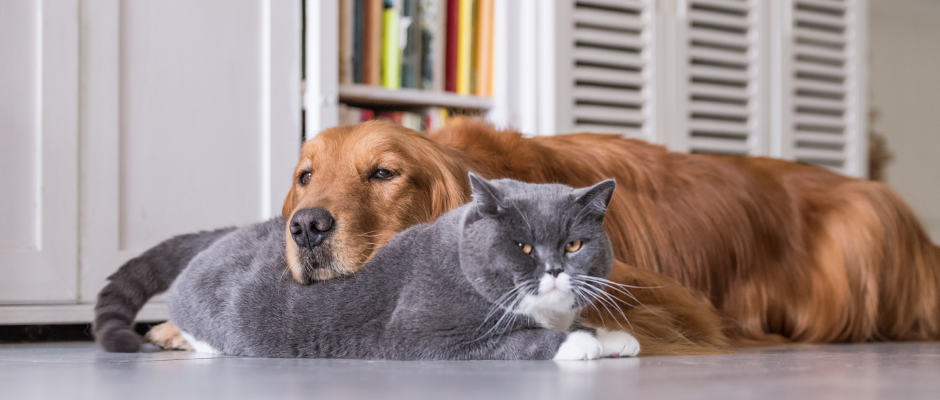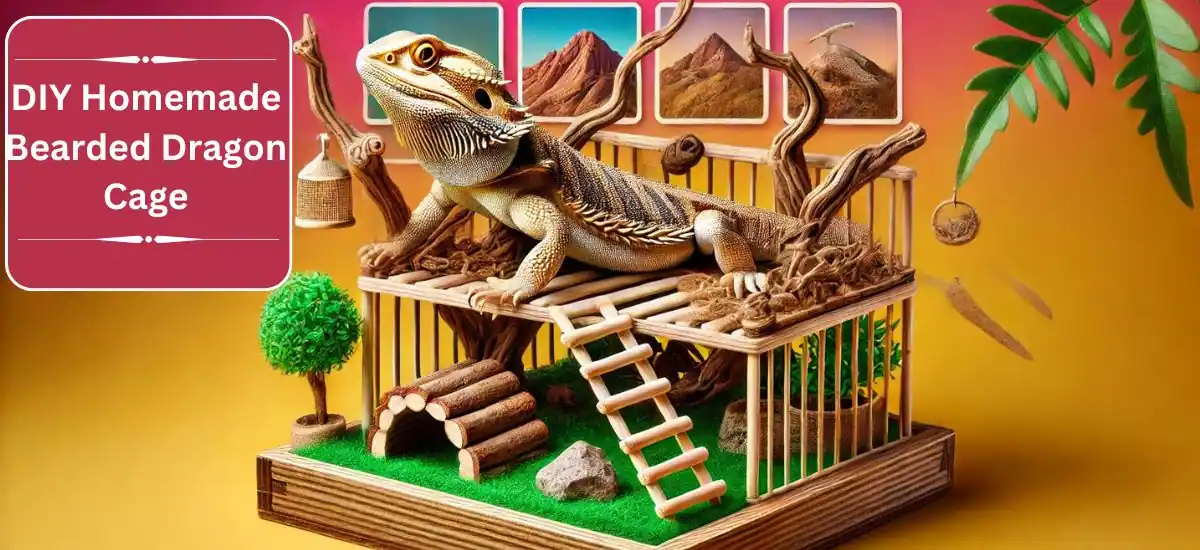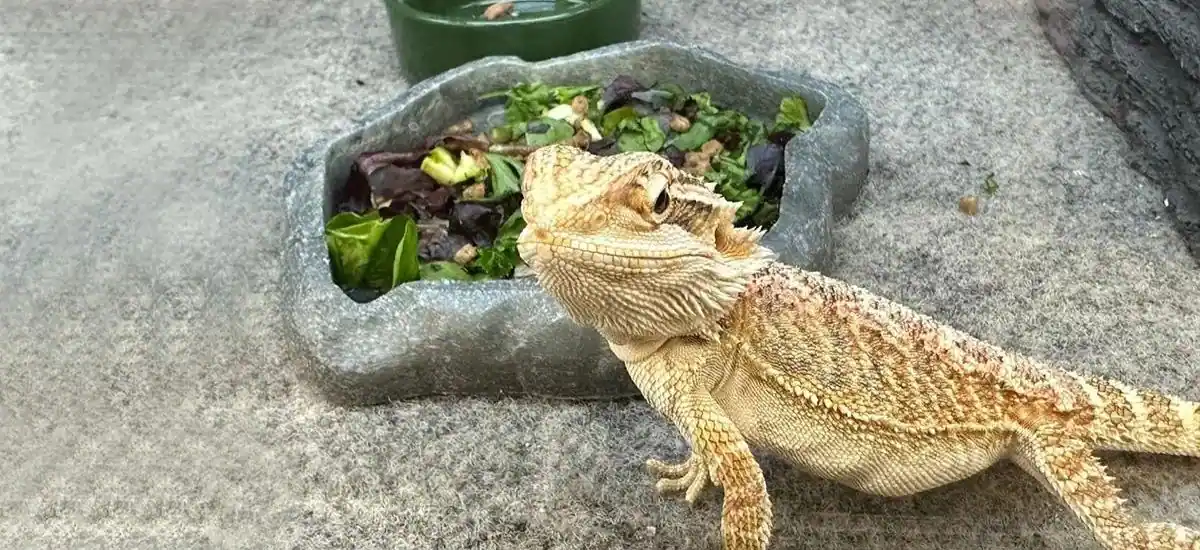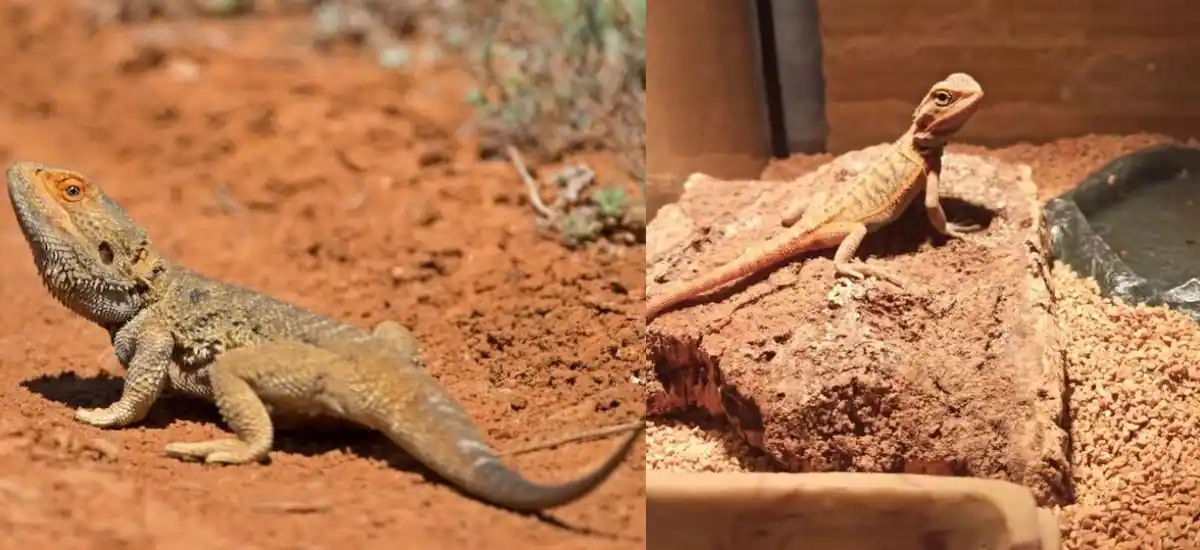Bearded dragons are more than just pets; they’re like family. To ensure they thrive, creating the perfect home is crucial. A DIY cage not only saves money but also lets you tailor the environment to your dragon’s specific needs. Let’s get started on building a comfy and safe haven that’s just right!
Understanding Bearded Dragon Habitat Requirements
Before diving into the construction of your DIY cage, it’s essential to grasp what makes a habitat ideal for your scaly buddy. Here are the key components:
- Space: A spacious cage ensures enough room for movement. Young dragons need at least a 20-gallon space, but adults thrive in 40 gallons or more.
- Temperature Control: A gradient from warm (95°F) to cool (75°F) must be maintained for optimal health.
- Humidity: Aim for a humidity level between 20% to 30% to mimic their arid natural habitat.
- Lighting: UVB lighting is non-negotiable for metabolic health, mimicking sunlight exposure.
- Ventilation: Proper airflow prevents respiratory issues and maintains a fresh environment.
By understanding these factors, you’re paving the way for a healthy and happy bearded dragon.
Planning Your DIY Bearded Dragon Cage

Selecting the Right Materials
Choosing safe and suitable materials is the first step in your DIY project. Here’s a breakdown:
- Wood: A popular choice for its availability and ease of customization. Ensure it’s sealed properly to prevent moisture damage.
- PVC: Lightweight, easy to clean, and retains heat well.
- Glass: Great for visibility, but can be heavy and challenging to ventilate.
- Sealants: Always opt for non-toxic options to keep your dragon safe from fumes.
Cost and Durability: Balance your budget with the need for a durable cage that withstands the test of time.
Sizing and Dimension Guidelines
Getting the dimensions right is crucial for ensuring your bearded dragon has enough room to grow and explore.
- Juveniles: Start with a smaller space but plan for future upgrades.
- Adults: A minimum of 40 gallons is recommended, with larger spaces providing more comfort.
Always plan for the full size from the start if possible, to avoid stressful transitions for your dragon.
Step-by-Step Guide to Building Your Cage

Step 1: Design and Layout
Kick off your DIY project by drafting a blueprint that accommodates all the necessities:
- Blueprint Sketch: Start with a simple drawing to visualize the placement of heating elements, UV lights, and ventilation systems.
- Heating and Lighting Zones: Designate specific areas for warm and cool temperatures to create a comfortable gradient.
- Accessibility: Plan for easy access to facilitate regular cleaning and interaction with your dragon.
Step 2: Assembling the Base and Walls
Once your design is set, it’s time to build the foundation of your dragon’s new home:
- Materials Assembly: Cut your chosen materials to size according to your blueprint. Wood or PVC panels are popular choices.
- Securing the Structure: Use screws and non-toxic glue to assemble the pieces. Ensure the structure is sturdy and safe.
Step 3: Installing Heating and Lighting
Proper installation of heating and lighting is critical for your bearded dragon’s health:
- Heating Pads and Lamps: Install these on one side of the cage to create a thermal gradient. Always monitor the temperature to ensure it’s within the safe range.
- UV Lighting: Mount UVB lights near the top of the cage to mimic natural sunlight, crucial for your dragon’s vitamin D synthesis.
Step 4: Adding Doors and Ventilation
Functionality meets safety in this step:
- Doors: Install sliding or hinged doors that provide secure access. Ensure they are easy to open for feeding and maintenance.
- Ventilation: Integrate mesh sections or ventilation holes at strategic points to ensure adequate airflow without significant heat loss.
Step 5: Interior Decoration and Safety Checks
Personalize your pet’s space while ensuring it’s completely safe:
- Substrates and Furnishings: Choose safe substrates like tile or reptile carpet. Add climbing structures and hiding spots to simulate a natural environment.
- Safety Inspection: Double-check for sharp edges, loose components, and any toxic materials. Ensure all installations are secure to prevent accidents.
Maintenance Tips for Your DIY Cage
Keep your DIY cage in tip-top shape with these maintenance tips:
- Regular Cleaning: Use reptile-safe disinfectants for routine cleaning. Remove and replace substrates as necessary.
- Temperature and Humidity Checks: Regularly check environmental conditions with digital monitors to ensure they remain within the recommended ranges.
Common Mistakes to Avoid
Building your own bearded dragon cage is rewarding, but here are some pitfalls to steer clear of:
- Inadequate Size: Underestimating the space needed can lead to health issues for your dragon.
- Poor Material Choices: Avoid materials that can off-gas toxins or absorb too much moisture.
Conclusion
By following this guide, you’ve not only saved some money but also created a custom habitat tailored to your bearded dragon’s needs. Now, sit back and enjoy watching your pet explore its new home!





